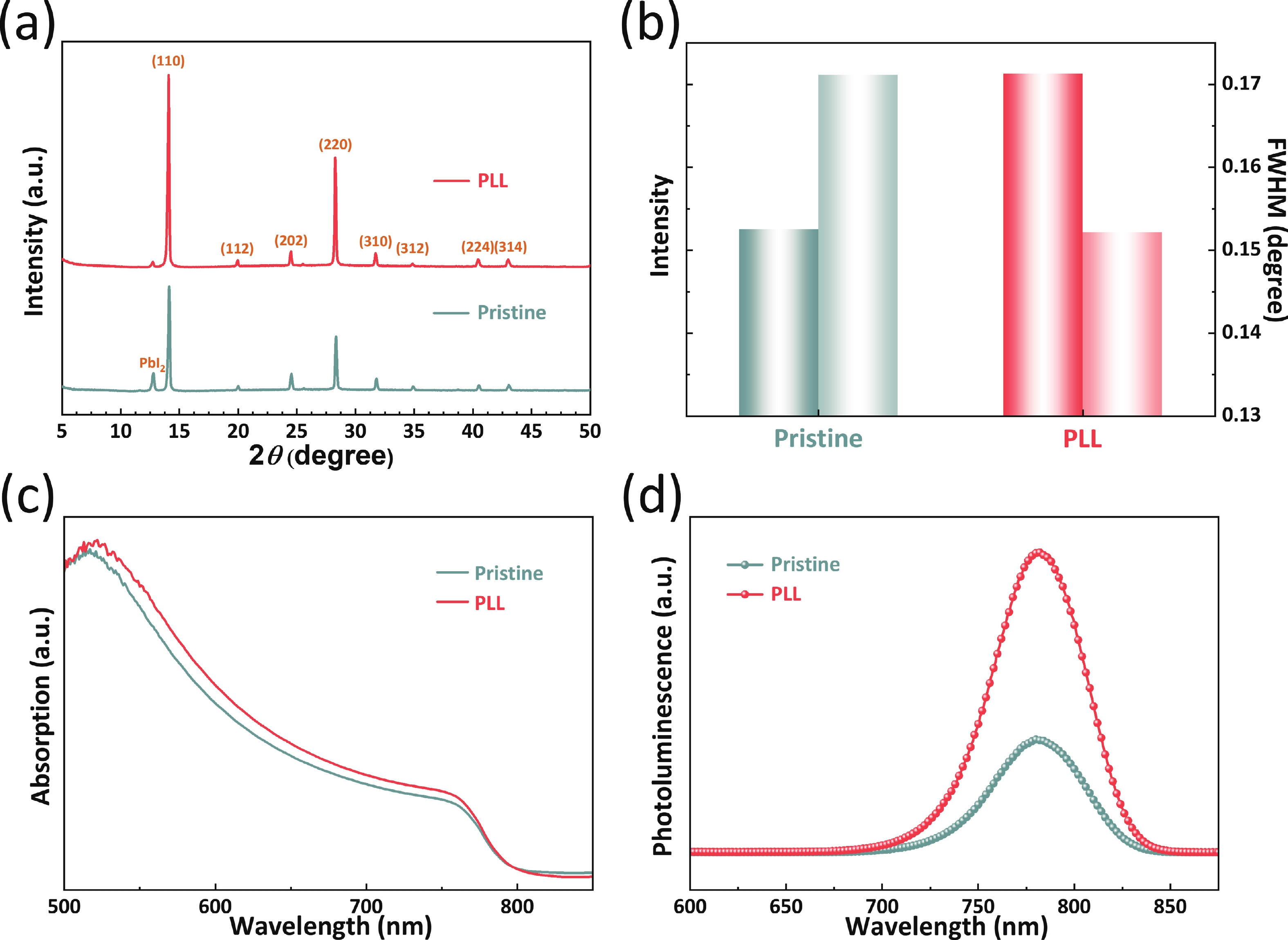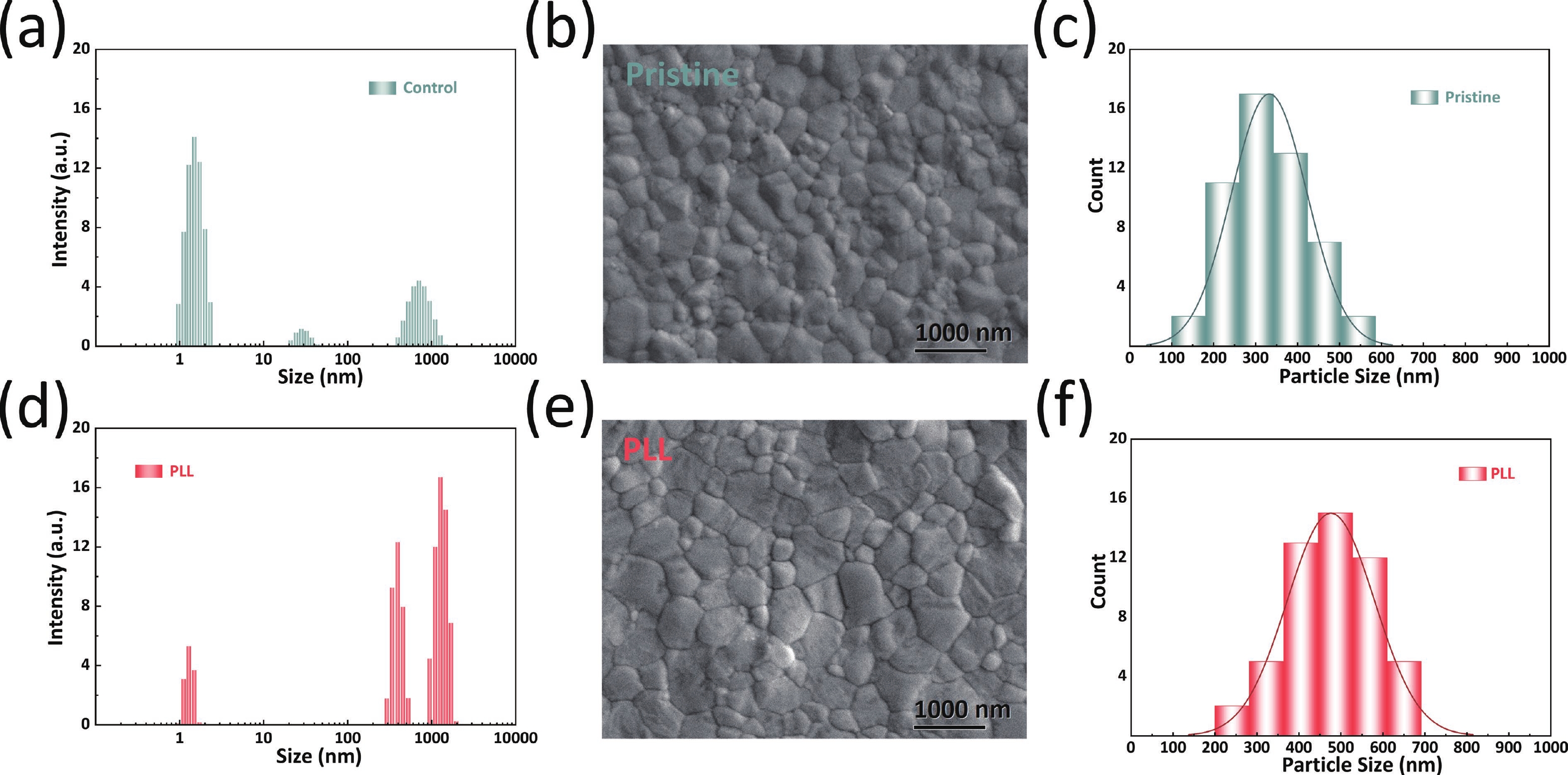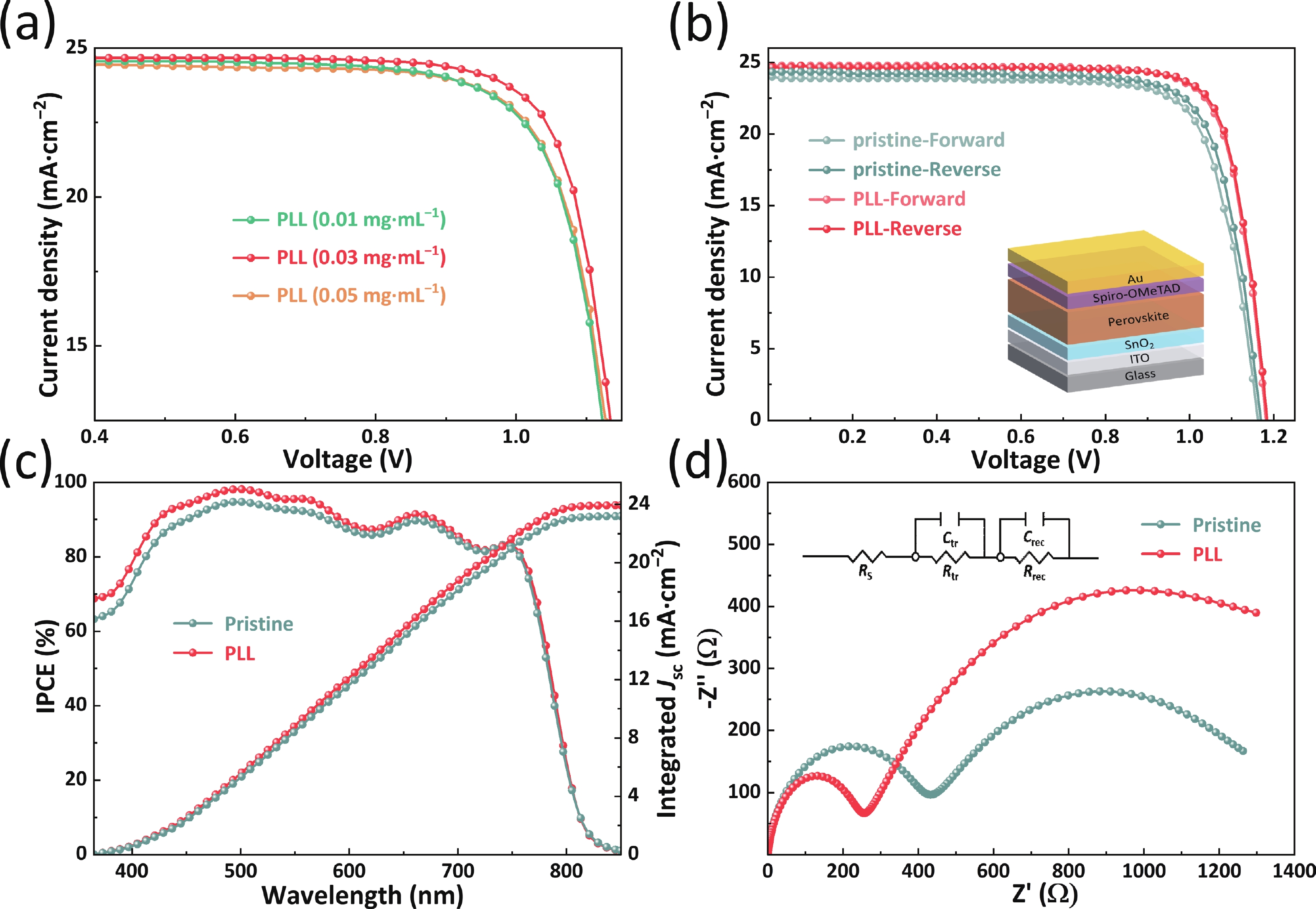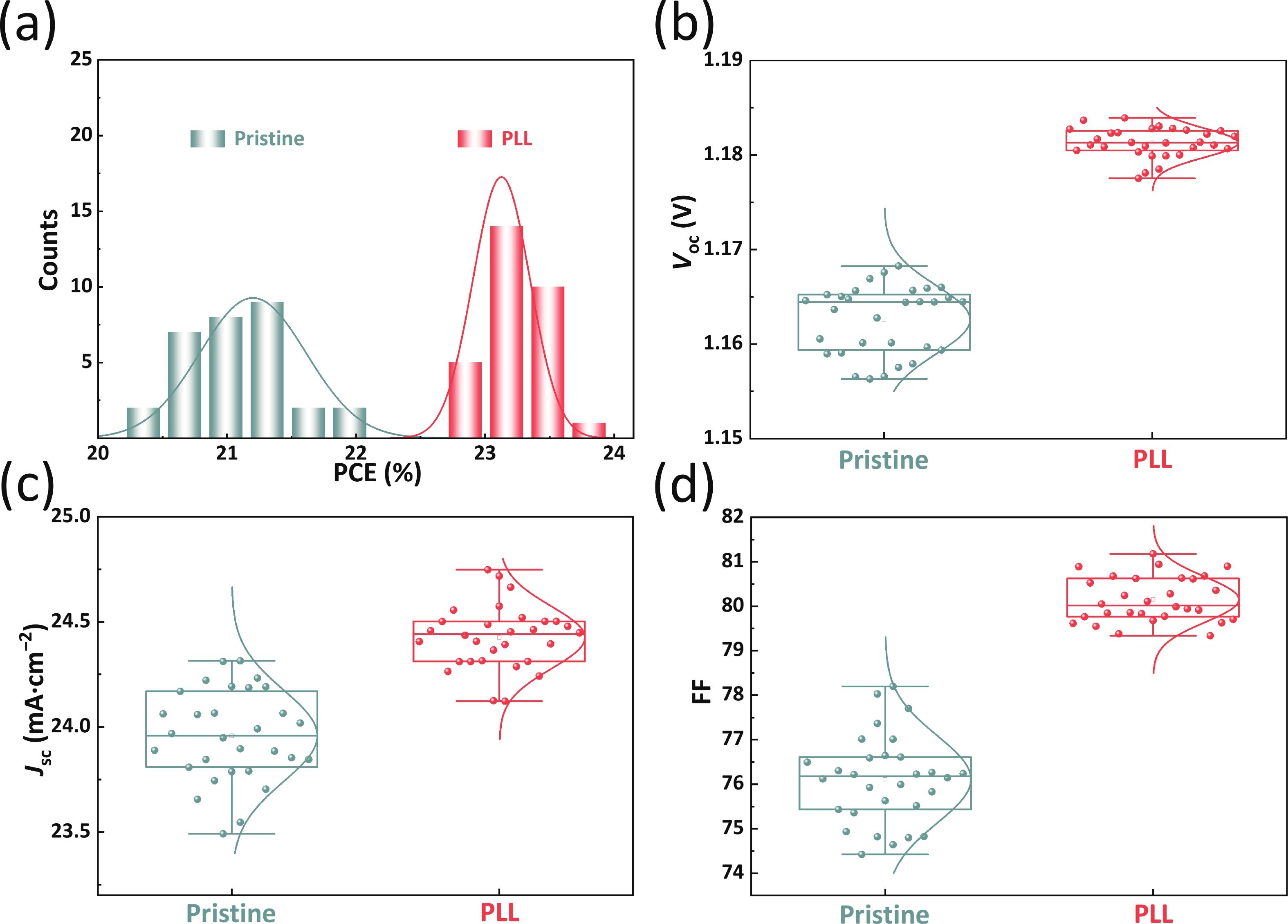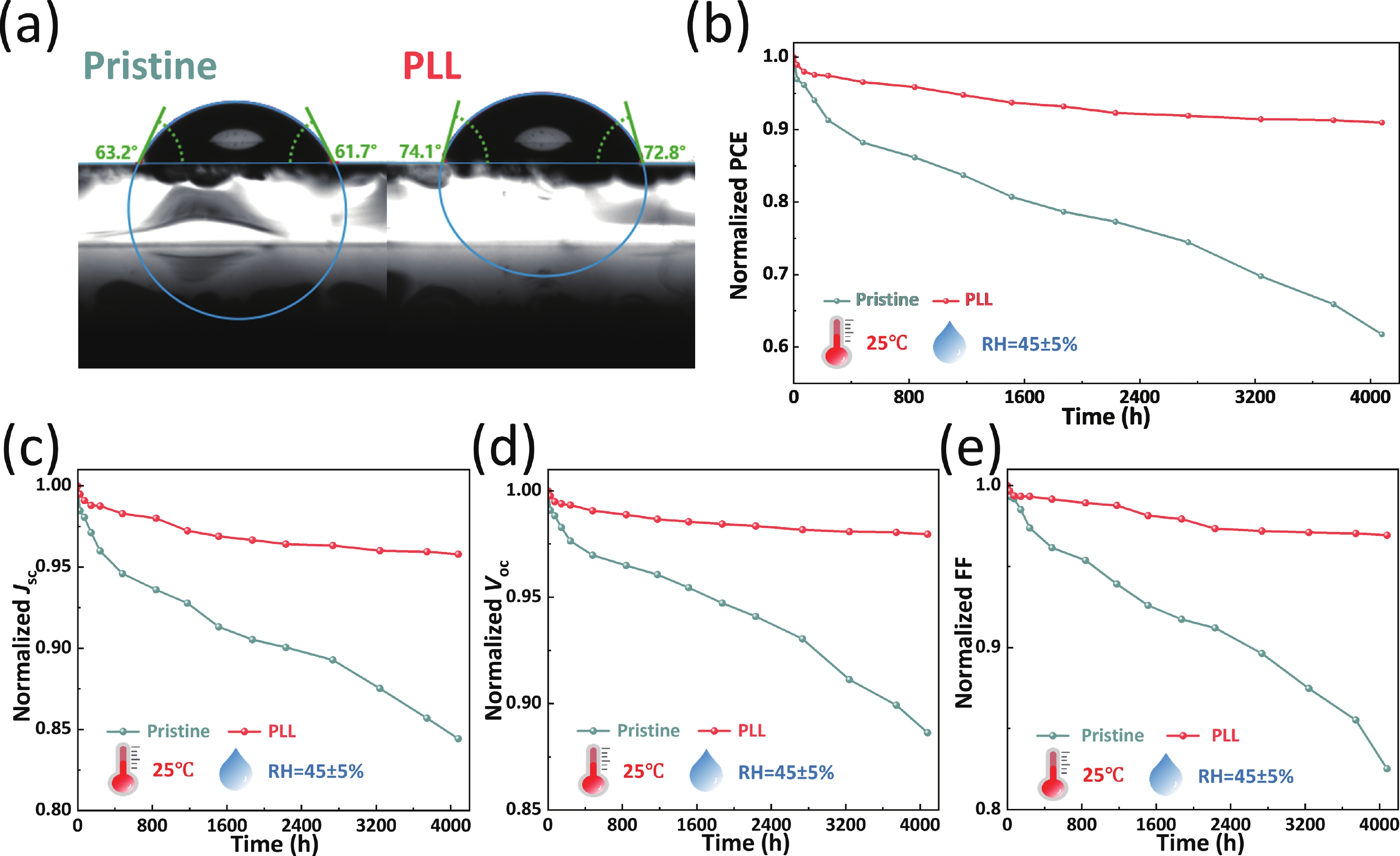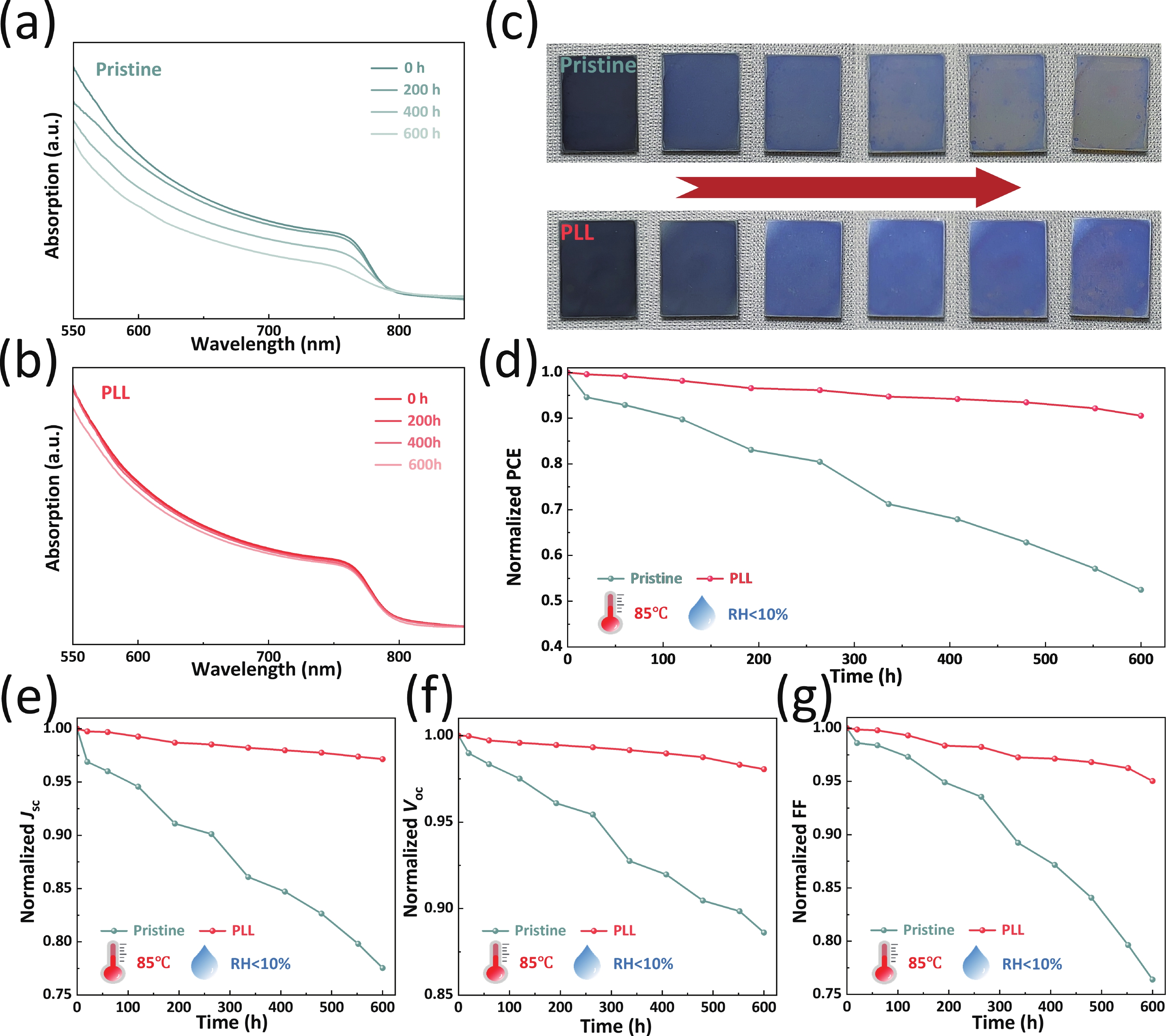| Citation: |
Chaoyang Wu, Chao Wang, Feifan Chen, Xinhe Dong, Jiajiu Ye, Haiying Zheng. Polyamino acid-mediated crystallization and crystal stabilization in perovskite for efficient and stable photovoltaic devices[J]. Journal of Semiconductors, 2025, 46(5): 052804. doi: 10.1088/1674-4926/25030040
****
C Y Wu, C Wang, F F Chen, X H Dong, J J Ye, and H Y Zheng, Polyamino acid-mediated crystallization and crystal stabilization in perovskite for efficient and stable photovoltaic devices[J]. J. Semicond., 2025, 46(5), 052804 doi: 10.1088/1674-4926/25030040
|
Polyamino acid-mediated crystallization and crystal stabilization in perovskite for efficient and stable photovoltaic devices
DOI: 10.1088/1674-4926/25030040
CSTR: 32376.14.1674-4926.25030040
More Information-
Abstract
Although perovskite solar cells (PSCs) demonstrate outstanding power conversion efficiency (PCE), their practical applications are still limited by stability issues caused by various problems such as poor crystal quality triggered structural instability. Herein, to address the structural instability of perovskites, we introduced a polymer additive, poly-L-lysine hydrobromide (PLL), into the perovskite precursor to promote perovskite crystal growth, thereby constructing a stable crystal structure. The results show that the introduction of PLL modulates the colloidal aggregation state in the precursor solution, provides longer time for growth of perovskite and successfully realizes the formation of large-sized perovskite films with high crystallinity. More importantly, owing to its hydrophobic long-chain structure and the widespread distribution of C=O and NH on the chain, PLL firmly locks the perovskite crystals, enhancing their structural stability while blocking the intrusion of external factors such as water molecules, significantly enhances the overall stability of the device. The results show that the PLL-based PSC has negligible hysteresis and its PCE is improved from 22.20% to 23.66%. while the PLL-modified perovskite films and devices demonstrate excellent thermal and environmental stability. These findings highlight PLL as a promising additive for optimizing perovskite crystallization, offering guidance for fabricating efficient and stable photovoltaic devices.-
Keywords:
- perovskite solar cells,
- polyamino acid,
- additive,
- crystallization,
- stability
-
References
[1] Han J, Park K, Tan S, et al. Perovskite solar cells. Nat Rev Method Prime, 2025, 5(1), 3 doi: 10.1038/s43586-024-00373-9[2] Lim J, Park N G, Seok S I, et al. All-perovskite tandem solar cells: From fundamentals to technological progress. Energy Environ Sci, 2024, 17(13), 4390 doi: 10.1039/D3EE03638C[3] Luo L, Zeng H P, Wang Z W, et al. Stabilization of 3D/2D perovskite heterostructures via inhibition of ion diffusion by cross-linked polymers for solar cells with improved performance. Nat Energy, 2023, 8(3), 294 doi: 10.1038/s41560-023-01205-y[4] Kojima A, Teshima K, Shirai Y, et al. Organometal halide perovskites as visible-light sensitizers for photovoltaic cells. J Am Chem Soc, 2009, 131(17), 6050 doi: 10.1021/ja809598r[5] National renewable energy laboratory (NREL).[6] Zhu P C, Chen C L, Dai J Q, et al. Toward the commercialization of perovskite solar modules. Adv Mater, 2024, 36(15), 2307357 doi: 10.1002/adma.202307357[7] Abzieher T, Moore D T, Roß M, et al. Vapor phase deposition of perovskite photovoltaics: Short track to commercialization? Energy Environ Sci, 2024, 17(5), 1645 doi: 10.1039/D3EE03273F[8] Qin X J, Zhao Z G, Wang Y D, et al. Recent progress in stability of perovskite solar cells. J Semicond, 2017, 38(1), 011002 doi: 10.1088/1674-4926/38/1/011002[9] Chen H Y, Chu L, Yan W S. Stability challenges in industrialization of perovskite photovoltaics: From atomic-scale view to module encapsulation. Adv Funct Mater, 2025, 35(2), 2412389 doi: 10.1002/adfm.202412389[10] Zhou Y Y, Zhao Y X. Chemical stability and instability of inorganic halide perovskites. Energy Environ Sci, 2019, 12(5), 1495 doi: 10.1039/C8EE03559H[11] Bryant D, Aristidou N, Pont S, et al. Light and oxygen induced degradation limits the operational stability of methylammonium lead triiodide perovskite solar cells. Energy Environ Sci, 2016, 9(5), 1655 doi: 10.1039/C6EE00409A[12] Park B W, Seok S I. Intrinsic instability of inorganic-organic hybrid halide perovskite materials. Adv Mater, 2019, 31(20), 1805337 doi: 10.1002/adma.201805337[13] Jeong K, Lim E, Yang J, et al. Trapped charges: A fundamental cause for light-induced instability in perovskites. ACS Energy Lett, 2024, 9(11), 5670 doi: 10.1021/acsenergylett.4c02438[14] Choi J I J, Ono L K, Cho H Y, et al. Pathways of water-induced lead-halide perovskite surface degradation: Insights from in situ atomic-scale analysis. ACS Nano, 2023, 17(24), 25679 doi: 10.1021/acsnano.3c10611[15] Yang M J, Zhang T Y, Schulz P, et al. Facile fabrication of large-grain CH3NH3PbI3-xBrx films for high-efficiency solar cells via CH3NH3Br-selective Ostwald ripening. Nat Commun, 2016, 7(1), 12305 doi: 10.1038/ncomms12305[16] Jung M, Ji S G, Kim G, et al. Perovskite precursor solution chemistry: From fundamentals to photovoltaic applications. Chem Soc Rev, 2019, 48(7), 2011 doi: 10.1039/C8CS00656C[17] Zhang K Y, Deng Y X, Shi X R, et al. Interface chelation induced by pyridine-based polymer for efficient and durable air-processed perovskite solar cells. Angew Chem Int Edit, 2022, 61(4), e202112673 doi: 10.1002/anie.202112673[18] Chen X, Cai W L, Niu T Q, et al. Crystallization control via ligand-perovskite coordination for high-performance flexible perovskite solar cells. Energy Environ Sci, 2024, 17(17), 6256 doi: 10.1039/D4EE02279C[19] Xu W X, Zhao G Q, Li M B, et al. Tailored polymeric hole-transporting materials inducing high-quality crystallization of perovskite for efficient inverted photovoltaic devices. Small, 2022, 18(21), 2106632 doi: 10.1002/smll.202106632[20] Li Y, Zheng Y, Song X F, et al. Moisture-induced high-quality perovskite film in air for efficient solar cells. Sol RRL, 2024, 8(14), 2400322 doi: 10.1002/solr.202400322[21] Wang S Q, Yang T H, Yang Y G, et al. In situ self-elimination of defects via controlled perovskite crystallization dynamics for high-performance solar cells. Adv Mater, 2023, 35(42), 2305314 doi: 10.1002/adma.202305314[22] Xin Z, Ding Y, Zhao Y Y, et al. Colloidal stabilizer-mediated crystal growth regulation and defect healing for high-quality perovskite solar cells. Adv Energy Mater, 2025, 15(6), 2403018 doi: 10.1002/aenm.202403018[23] Liu Y, Lang K, Han H F, et al. Crystallization management of CsPbI2Br perovskites by PbAc2-incorporated twice spin-coating process for efficient and stable CsPbI2Br perovskite solar cells. J Energy Chem, 2024, 97, 419 doi: 10.1016/j.jechem.2024.05.034[24] Shen Y X, Xu G Y, Li J J, et al. Functional ionic liquid polymer stabilizer for high-performance perovskite photovoltaics. Angew Chem Int Edit, 2023, 62(16), e202300690 doi: 10.1002/anie.202300690[25] Lin S Y, Wu S Y, Guo D E, et al. Improved crystallization of lead halide perovskite in two-step growth method by polymer-assisted "slow-release effect". Small Methods, 2023, 7(4), 2201663 doi: 10.1002/smtd.202201663[26] Choubey A, Perumal N, Muthu S P, et al. Ambient-air crystallization of CsPbIBr2 films with polymer towards stable and efficient carbon-based perovskite solar cells. Opt Mater, 2024, 147, 114672 doi: 10.1016/j.optmat.2023.114672[27] Yi F X, Guo Q Y, Zheng D D, et al. Multifunctional polymer capping frameworks enable high-efficiency and stable all-inorganic perovskite solar cells. ACS Appl Energy Mater, 2022, 5(5), 6432 doi: 10.1021/acsaem.2c00923[28] Xu Y B, Wang S R, Liu H L, et al. Microencapsulated perovskite crystals via in situ permeation growth from polymer microencapsulation-expansion-contraction strategy: Advancing a record long-term stability beyond 10 000 h for perovskite solar cells. Adv Mater, 2024, 36(18), 2313080 doi: 10.1002/adma.202313080[29] Zheng H Y, Liu G Z, Wu W W, et al. Highly efficient and stable perovskite solar cells with strong hydrophobic barrier via introducing poly(vinylidene fluoride) additive. J Energy Chem, 2021, 57, 593 doi: 10.1016/j.jechem.2020.09.026[30] Zheng Z W, Xia M H, Chen X Y, et al. Enhancing the performance of fa-based printable mesoscopic perovskite solar cells via the polymer additive. Adv Energy Mater, 2023, 13(23), 2204335 doi: 10.1002/aenm.202204335[31] Zhang H Z, Yang Q, Jiang Z J, et al. Controlling crystallization dynamics of the perovskite by restricted assembly strategy enables high-performance solar cells. Adv Funct Mater, 2025, 2421910 doi: 10.1002/adfm.202421910[32] Jiang X Q, Zhang B Q, Yang G Y, et al. Molecular dipole engineering of carbonyl additives for efficient and stable perovskite solar cells. Angew Chem Int Edit, 2023, 62(22), e202302462 doi: 10.1002/anie.202302462[33] Hu P, Zhou W B, Chen J L, et al. Multidentate anchoring strategy for synergistically modulating crystallization and stability towards efficient perovskite solar cells. Chem Eng J, 2024, 480, 148249 doi: 10.1016/j.cej.2023.148249[34] Pandey A, Dalal S, Dutta S, et al. Structural characterization of polycrystalline thin films by X-ray diffraction techniques. J Mater Sci-Mater El, 2021, 32(2), 1341 doi: 10.1007/s10854-020-04998-w[35] Zhang H K, Ren Z W, Liu K, et al. Controllable heterogenous seeding-induced crystallization for high-efficiency FAPbI3-based perovskite solar cells over 24%. Adv Mater, 2022, 34(36), 2204366. doi: 10.1002/adma.202204366[36] Zheng H L, Liu D T, Wang Y F, et al. Synergistic effect of additives on 2D perovskite film towards efficient and stable solar cell. Chem Eng J, 2020, 389, 124266 doi: 10.1016/j.cej.2020.124266[37] Iftiquar S M, Yi J. Impact of grain boundary defect on performance of perovskite solar cell. Mat Sci Semicon Proc, 2018, 79, 46 doi: 10.1016/j.mssp.2018.01.022[38] Fang Z M, Sun J, Liu S Z, et al. Defects in perovskite crystals. J Semicond, 2023, 44(8), 080201 doi: 10.1088/1674-4926/44/8/080201 -
Proportional views





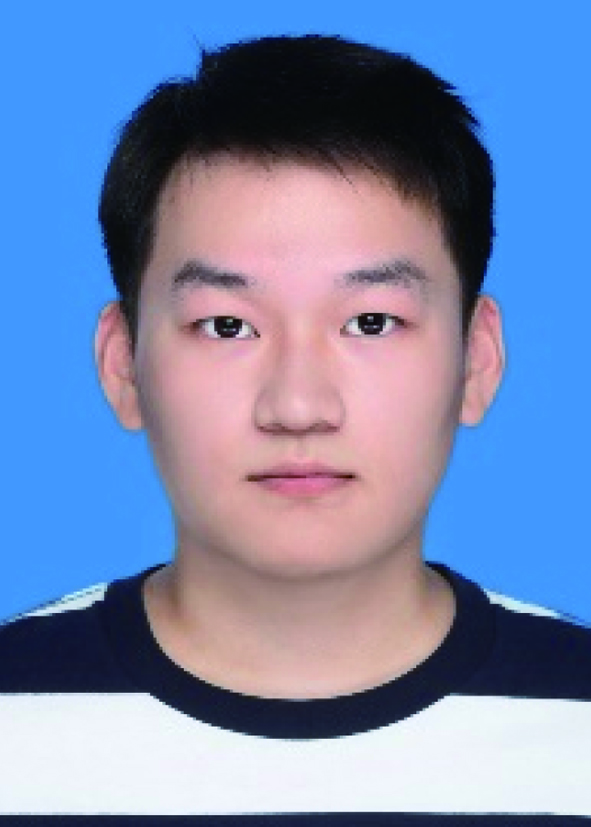 Chaoyang Wu received his Bachelor's degree from Anhui Jianzhu university in 2023. He is currently studying for his master’s degree under the guidance of Dr Haiying Zheng in the Institutes of Physical Science and Information Technology, Anhui University. His research interests include the preparation of highly efficient and stable 2D/3D perovskite solar cells.
Chaoyang Wu received his Bachelor's degree from Anhui Jianzhu university in 2023. He is currently studying for his master’s degree under the guidance of Dr Haiying Zheng in the Institutes of Physical Science and Information Technology, Anhui University. His research interests include the preparation of highly efficient and stable 2D/3D perovskite solar cells. Haiying Zheng got her PhD degree in materials physics and chemistry from the University of Science and Technology of China in 2019. She then worked in the Institute of Physical Science and Information Technology, Anhui University from 2019 to 2024 and is now an assistant researcher in the School of Materials Science and Engineering, Dalian Jiaotong University. Her present interests include new-type solar cells, especially two dimensional and mixed-dimensional perovskite solar cells.
Haiying Zheng got her PhD degree in materials physics and chemistry from the University of Science and Technology of China in 2019. She then worked in the Institute of Physical Science and Information Technology, Anhui University from 2019 to 2024 and is now an assistant researcher in the School of Materials Science and Engineering, Dalian Jiaotong University. Her present interests include new-type solar cells, especially two dimensional and mixed-dimensional perovskite solar cells.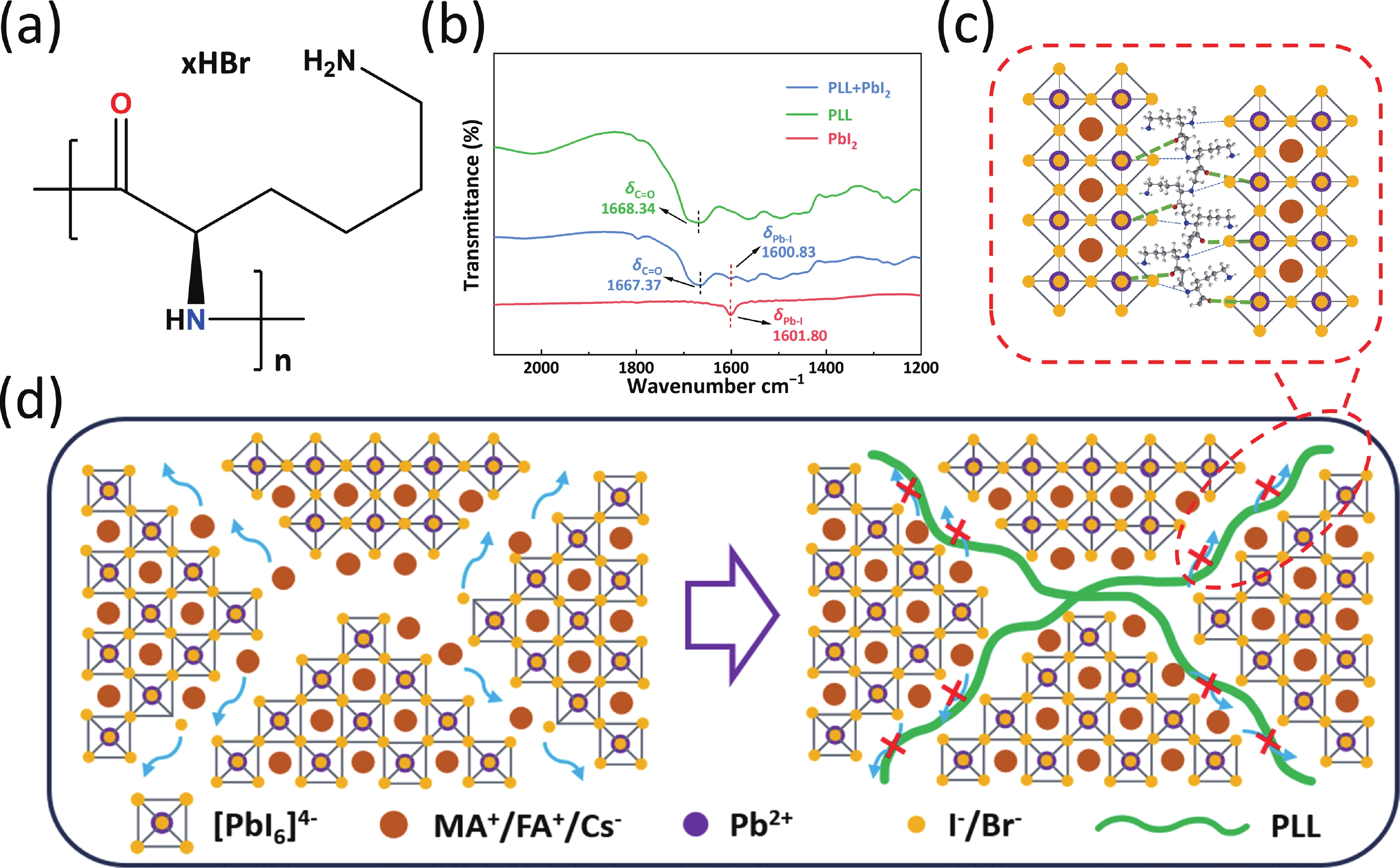
 DownLoad:
DownLoad:
